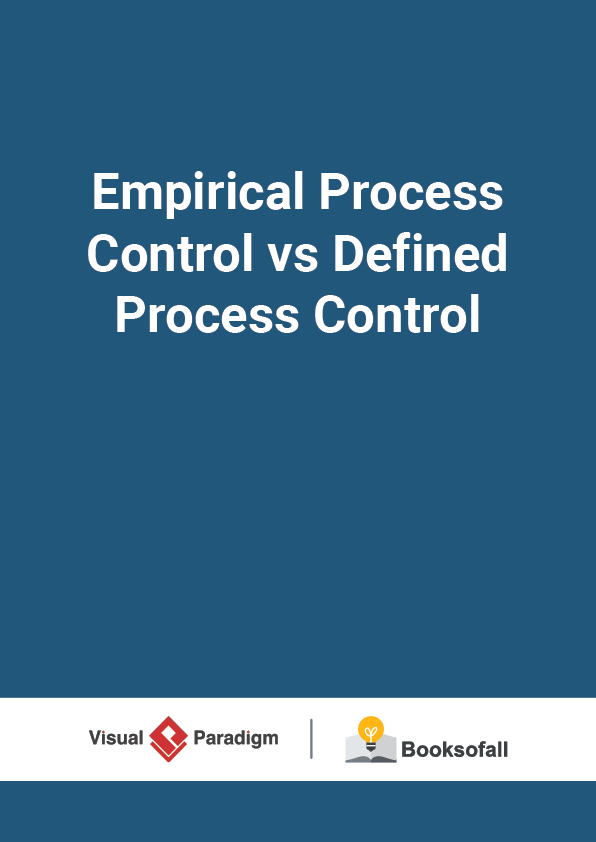What is Scrum’s Three Pillars?
5-6 minutes
SCRUM uses an empirical approach (or sometimes called empiricism) in order to adapt to the changing requirements of the customer. Empiricism is the act of making decisions based on what is actually experienced. Empirical approach means working in a fact-based, experience-based, and evidence-based manner, and in particular, progress is based on observations of reality, not fictitious plans based on large amount of upfront requirements.
In short, we can learn and improve upon past mistakes and experiences. The three pillars of Scrum that uphold every implementation of empirical process control are: Transparency, Inspection, and Adaptation as shown in the Figure below:
The three pillars of scrum
Transparency
Transparency in Scrum can be realized by scrum tools such as, Product Backlog , Task Boards and Burndown charts , Daily Stand-ups , Retrospectives , Definition of done , Sprint Reviews and etc. These are used to transfer the flow of work through cross functional team. This is one of the key advantage in SCRUM – allowing visibility with regards to the progress of work and team. This means when the team is achieving its goal, those responsible for it can be recognized and appreciated for the efforts.
Inspection
Scrum artifacts must be frequently inspected and progress towards a goal to detect undesirable variances. Inspection in Scrum can be realized by scrum activities such as:
- Use of a common Scrum board and other information to make clear of the current status of the project for everyone
- Collection of feedback from the customer and other stakeholders during the Develop Epic(s)
- Create Prioritized Product Backlog, and Conduct Release Planning processes
- Inspection and approval of the Deliverables by the Product Owner
- The customer in the Demonstrate and Validate Sprint process
Adaptation
In Agile world, we always embrace and Adapt changes, so that we can constantly improve. Adaptation means that we change what does not work or what could work better. It means that we constantly run small experiments, keep what is working and change when we fail. We use the results from our inspections to decide which experiment to run next, for example:
- Development Team, Inspect and Adapt on daily basis during Daily Stand-up ceremony.
- Sprint Review is another ceremony where Scrum Team will ask for feedback from all stockholders and Adapt accordingly.
- During Sprint Retrospective, Scrum Team discusses internally about issues and opportunities for improvements. The will prepare and Adapt new plan as a team to generate more value.
Summary
In Scrum, decisions are made based on observation and experimentation rather than on detailed upfront planning. Empirical process control relies on the three main ideas of transparency, inspection, and adaptation. This means that of the outcomes of a project should:
- Giving visibility to the significant aspects of the process to those responsible for the outcome
- Timely checks of the progress toward a Sprint Goal to detect undesirable variances
- Adjusting a process as soon as possible to minimize any further deviation or issues
In conclusion empiricism and the three pillars are not just important to the Scrum process they’re the foundation of it. It is how your team achieves continuous improvement both in the products you create and in the processes you use for your team. The roles , events and artifacts only work because of their adherence to value based incremental improvements produced by embracing frequent feedback and embracing change.











